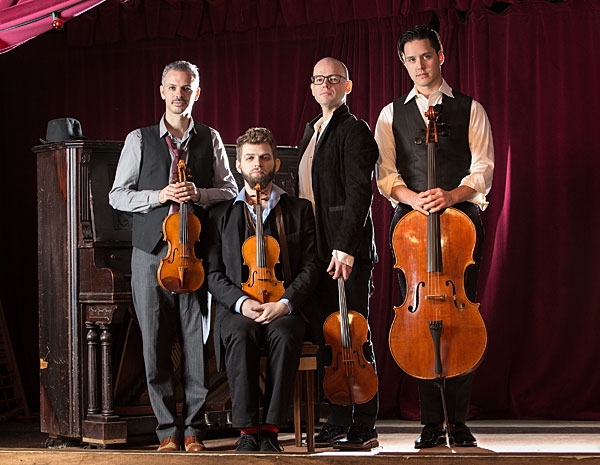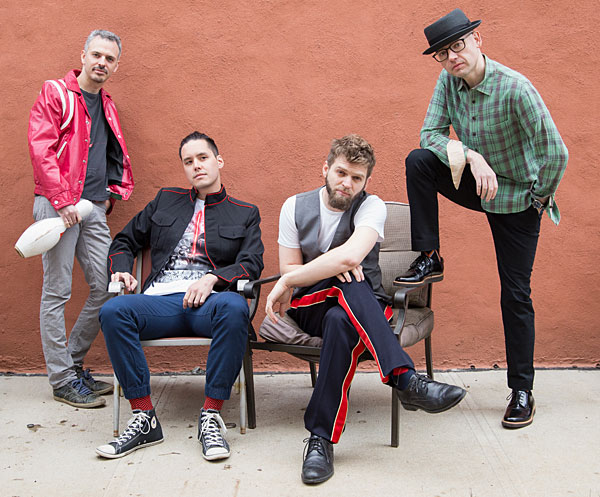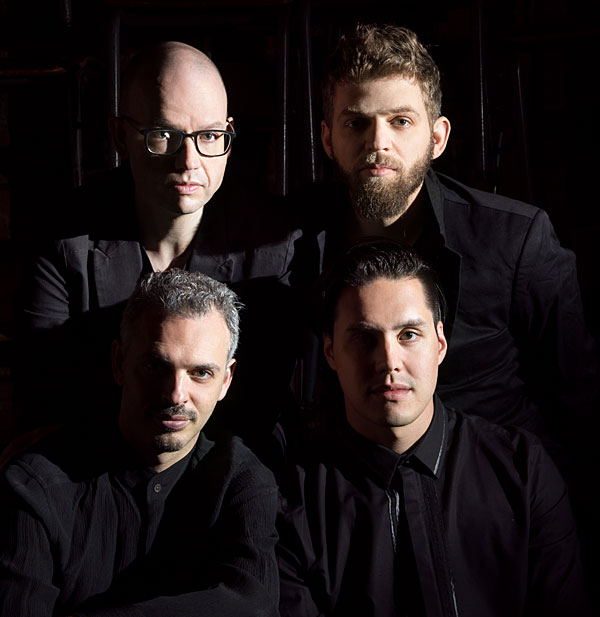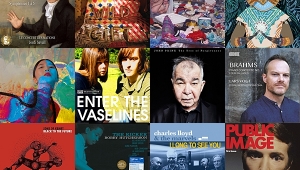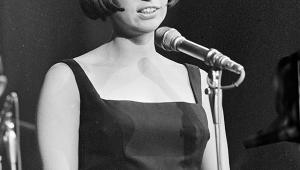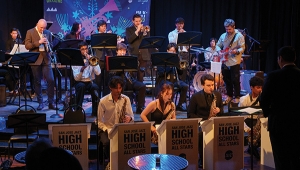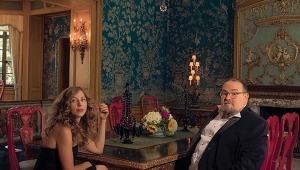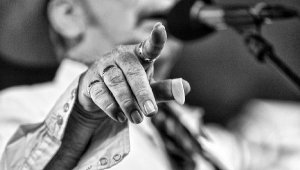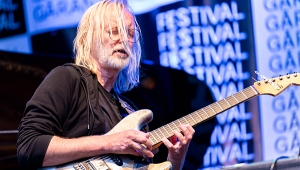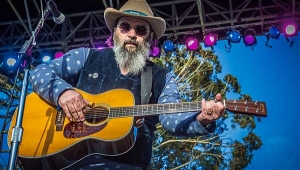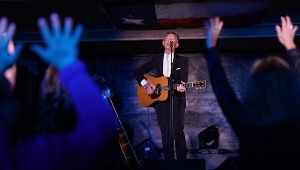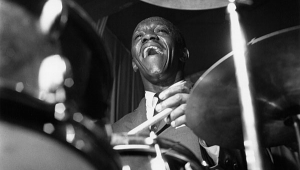| Columns Retired Columns & Blogs |
I sampled several of their albums (surprising to see no other comments here), and find their music to have not only a good variety, but such tasteful playing that I could listen for hours. This is unusual for me - my tastes are very narrow in almost any genre, but well-served here since these guys stay pretty close to the melody (from what I've heard so far), rather than wander into the more far-out experimentation that other groups do with similar music.
